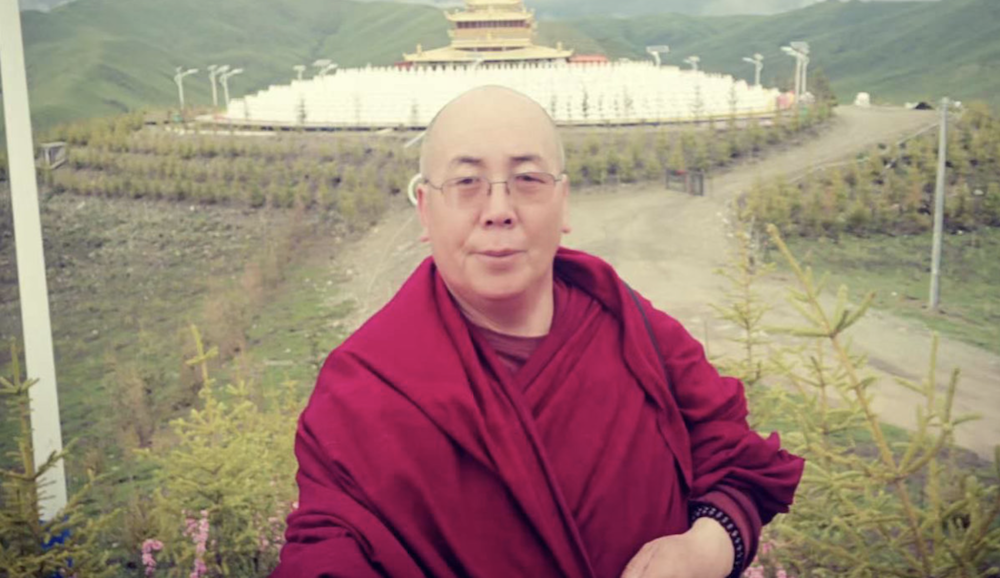Tenzin Nyidon
DHARAMSHALA, Sept. 26: The Musée du quai Branly in Paris has removed the term “Xizang” from its descriptions of Tibetan artefact, following widespread public outcry. The museum has reverted to using “Tibet” in its catalogue and exhibition labels for items related to Tibet.
The museum’s decision comes after strong opposition from Tibetans and their supporters in France, who swiftly mobilised, launching petitions and making repeated appeals for the museum to correct its labelling. Scholars and activists argued that the use of “Xizang” – the Chinese term for Tibet – aligns with China’s official narrative, which they say undermines Tibet’s distinct cultural identity and historical autonomy.
However, the Musée Guimet, which renamed its Tibetan exhibition spaces as the “Himalayan World,” has yet to respond to similar appeals. Meanwhile, the Branly Museum is scheduled to meet with representatives from six Tibetan NGOs in France, who had previously sent formal letters to both museums, seeking discussions on the implications of these terminology changes.

President Penpa Tsering, the political leader of the exile Tibetan government officially known as the Central Tibetan Administration (CTA), also condemned the change in terminology. In a letter sent to French officials and the directors of both museums on September 14, Tsering argued that using “Xizang” is part of a broader Chinese strategy to erode Tibetan identity. He urged the museums to reinstate “Tibet” in their exhibits to uphold historical accuracy.
Echoing these concerns, the Tibet Museum of the CTA released a statement, calling the museums’ decisions an alarming distortion of history and an attack on Tibet’s cultural identity. Tenzin Topdhen, the museum’s director, called on both the Musée Guimet and Musée du quai Branly to correct the terminology to ensure an accurate representation of Tibetan heritage.
Tibetans and their supporters in France have been actively protesting these changes, organising petitions, contacting museum officials, and raising awareness across social media platforms. Many view the museums’ actions as part of China’s broader effort to control the global narrative around Tibet and its cultural legacy.










